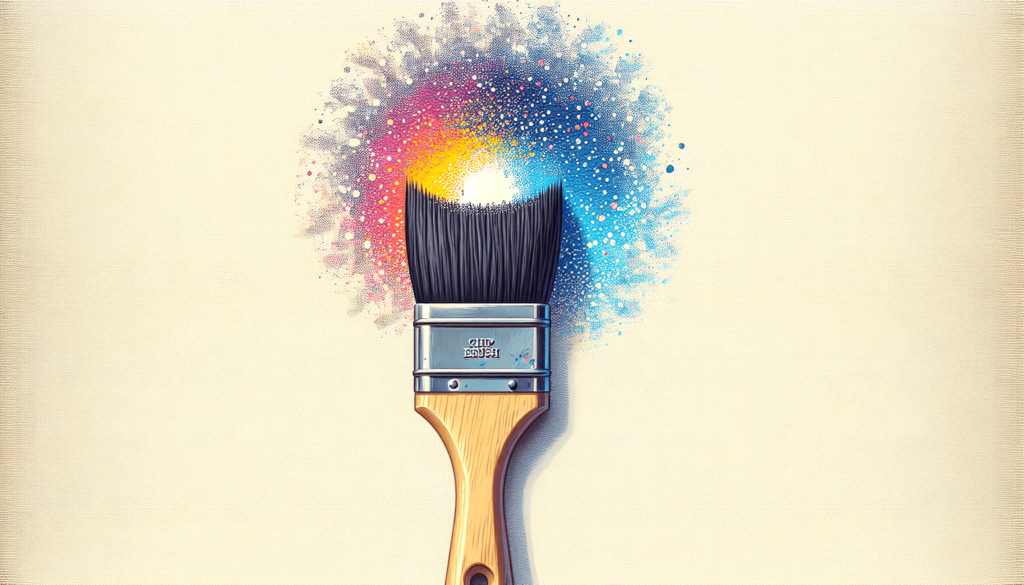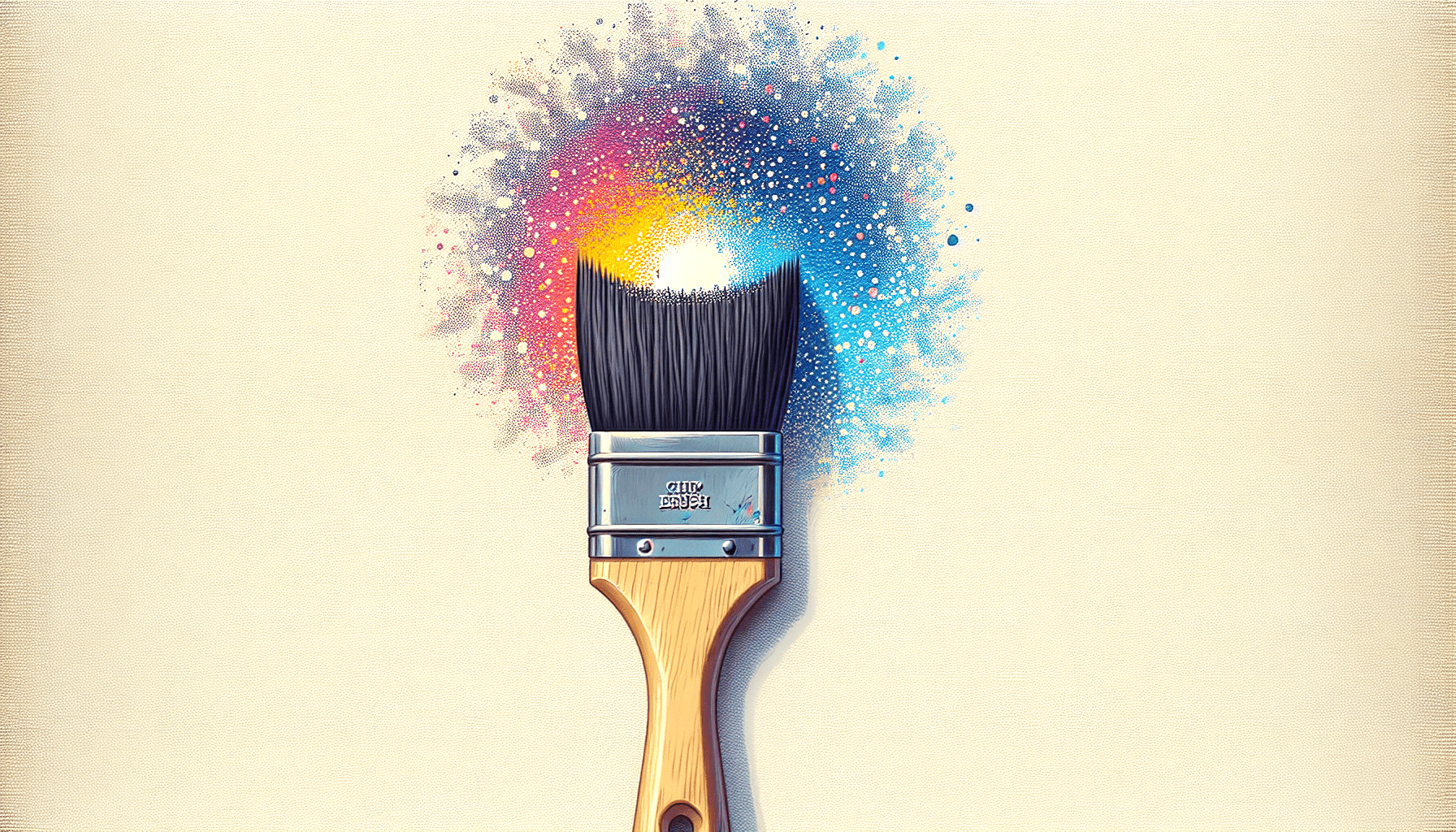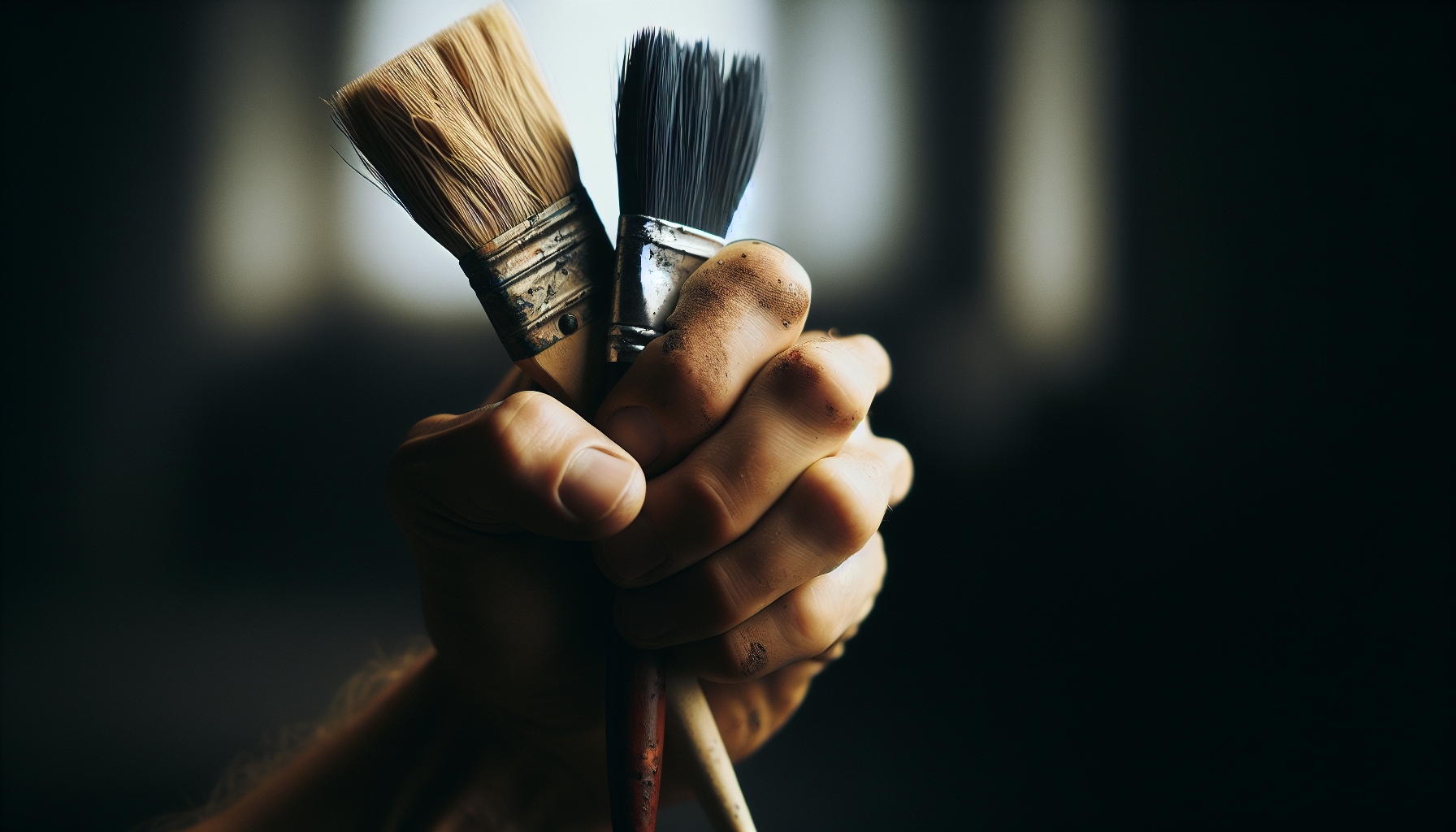From professional house painters to DIY home enthusiasts, many are acquainted with the term ‘chip brush’, but what does it genuinely mean? In the sphere of painting, a chip brush holds significant importance. This article, “What is a Chip Brush For Painting,” elucidates the purpose and ideal use of a chip brush within the painting field. Prepare to delve into a comprehensive exploration of this tool’s application, quality, and versatile usability in different painting scenarios, enhancing your finesse in diverse painting projects.
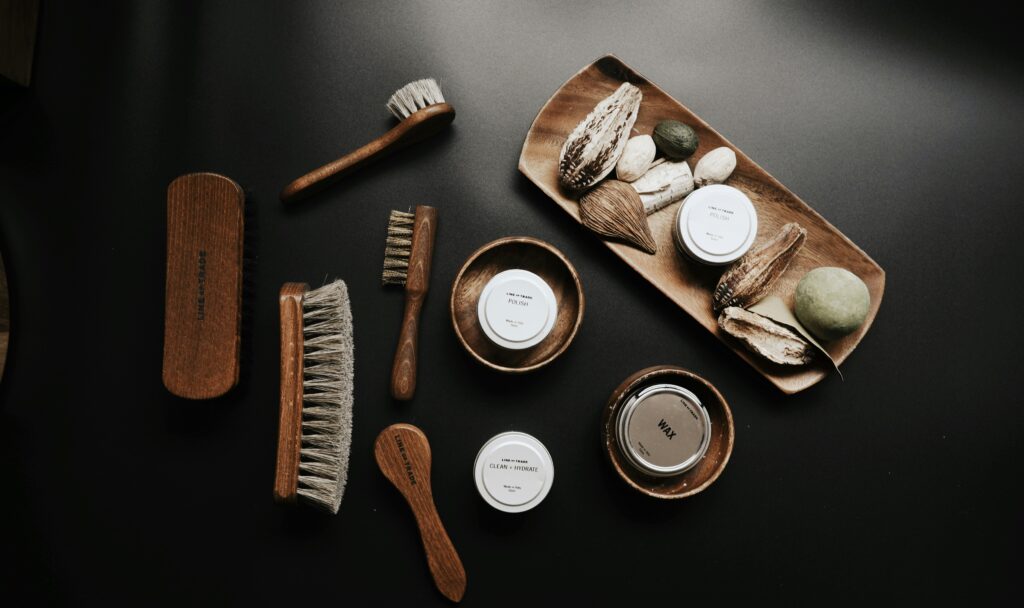
Overview of a Chip Brush
A chip brush is a simple, yet invaluable, tool that finds a multitude of uses in myriad applications – professional or DIY, art or construction. As you understand more about this versatile tool, you will discover the immense value it can bring to your various projects.
Definition of a Chip Brush
A chip brush, a type of paintbrush, is named for its original purpose: brushing away chips or debris from wood or metal surfaces. Today, these brushes have found other significant uses in painting, staining, and creating unique textures.
Materials Used in a Chip Brush
Thanks to its industrial origin, a chip brush is typically composed of rugged, inexpensive materials. The bristles are typically made of natural hog hair or synthetic materials like nylon. Because of these materials’ resilience, chip brushes can endure harsh treatment and re-use. The ferrule- the metal part that connects the handle and the bristles- is typically made of tin or copper, and the handle is generally made of wood or plastic.
Typical Size and Shape of a Chip Brush
Chip brushes typically come in sizes that range from 0.5 inches to 3 inches. The wide range of sizes allows for use in varied applications, accommodating both fine, precision work, and large stroke painting. The shape of the chip brush is simple: bristles are held securely within the ferrule and proceed directly from the handle.
Uses of a Chip Brush
The extensive uses of chip brushes set them apart from other painting tools.
General Painting Purposes
Chip brushes are primarily used for general painting. Essential wall painting, coating furniture, or working on any surface where you need a uniform application of paint becomes effortless with these brushes.
Application of Varnishes and Stains
You can use a chip brush to evenly apply varnishes and stains. Because of the versatility of their bristle material, they work well with oil-based products, ensuring a smooth finish without leaving any brush marks.
Creating Texture and Distressing Techniques
Chip brushes allow you to create a variety of texture and distressing effects. Because they’re designed to hold a high volume of paint, these brushes are an excellent tool for creating beautiful, textured paint finishes.
Cleaning and Maintenance Tasks
In line with their original purpose, chip brushes can be used for brushing off debris from surfaces before painting or staining.
Features and Characteristics
A chip brush is uniquely designed, allowing it to cater to diverse applications.
Bristle Composition
The bristles of a chip brush are usually made from natural hog hair or synthetic materials like nylon. Due to the nature of their construction, they can hold a considerable volume of paint, thereby enabling an efficient painting process.
Handle Material
The handles of these brushes are generally made from wood or plastic, offering a comfortable grip enabling a smooth painting experience.
Ferrule Design
The ferrule, or the metal band that holds the bristles in place, is typically made from either tin or copper. This plays a significant role in giving the brush its robustness, a characteristic that makes it a popular choice for strenuous painting tasks.
Size Options
The availability of a variety of sizes offers users the flexibility and detail control that their specific projects require.
Advantages of Using a Chip Brush
The benefits of using a chip brush extend beyond its widespread applications.
Affordability
Given that these brushes are made of cost-effective materials, they are often far more affordable than other types of paintbrushes.
Versatility
The versatility of chip brushes is among their primary advantages. Since they work exceptionally well with various materials – ranging from oils and stains to acrylics and latex-based paints – they offer a solution for virtually every painting requirement.
Easy Control and Maneuverability
The design of chip brushes provides excellent control and maneuverability. Whether it’s a broad stroke that you require or precise detail, this tool lets you achieve it with ease.
Durability
Despite their cost-effectiveness, chip brushes are incredibly durable. They are designed to handle numerous applications and repetitive use.
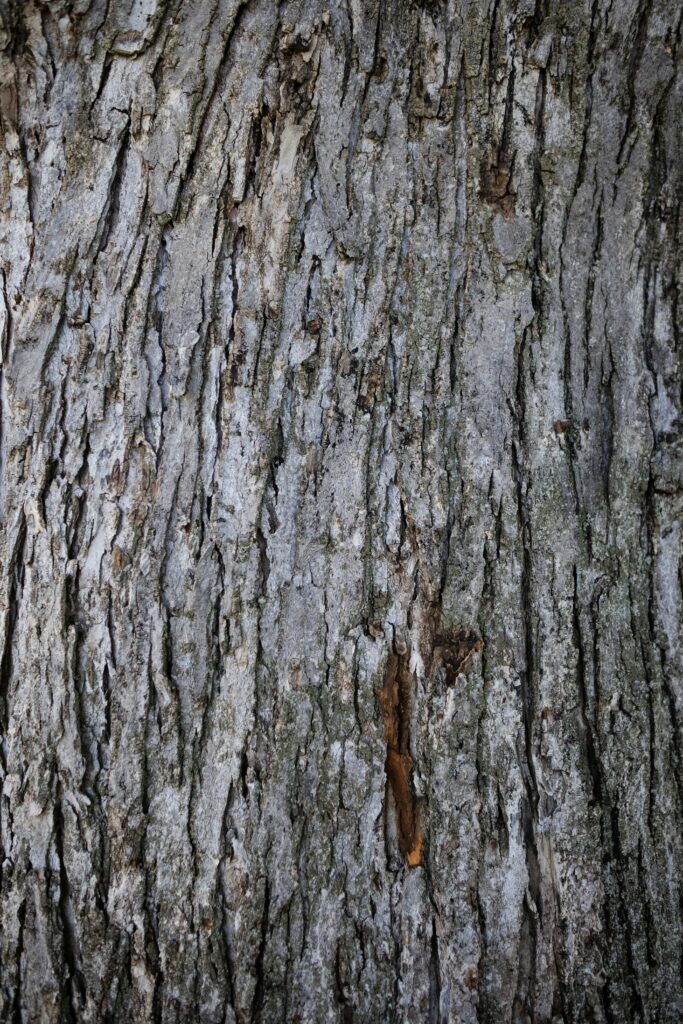
Choosing the Right Chip Brush
To ensure the best results, selecting the ideal chip brush for your project is essential.
Determining the Appropriate Bristle Material
You may choose between natural hog hair bristles – which provide more flex and hold more paint – or synthetic bristles, which are better suited for smooth application.
Considering the Intended Usage
It is critical to consider the intended use for the brush. If broad strokes or large areas need to be covered, a larger brush is appropriate. For precision detailing, one should opt for a smaller sized brush.
Selecting the Right Size
Once again, the size of the brush should be chosen based on the scope of the project that you have in mind. Larger brushes offer extensive coverage, while a smaller brush gives an unhindered, detailed application.
Proper Techniques for Using a Chip Brush
Learning the right techniques can help maximize the efficiency of your chip brush.
Prepping the Brush Before Use
Before using the brush, it’s advisable to prepare it by gently combing through the bristles and removing any loose fibers.
Loading and Distributing Paint
Start with soaking up the right amount of paint and distribute it uniformly across the surface. It will ensure seamless and evenly distributed paint application.
Applying Paint with Different Strokes
Experiment with different kinds of brush strokes for various effects and finishes. Chip brushes work excellent for both wide strokes and fine detailing.
Cleaning and Preserving the Brush
After completion of your project, it’s crucial to thoroughly clean the brush, dry it, and store it properly to prolong its lifespan and maintain its quality.
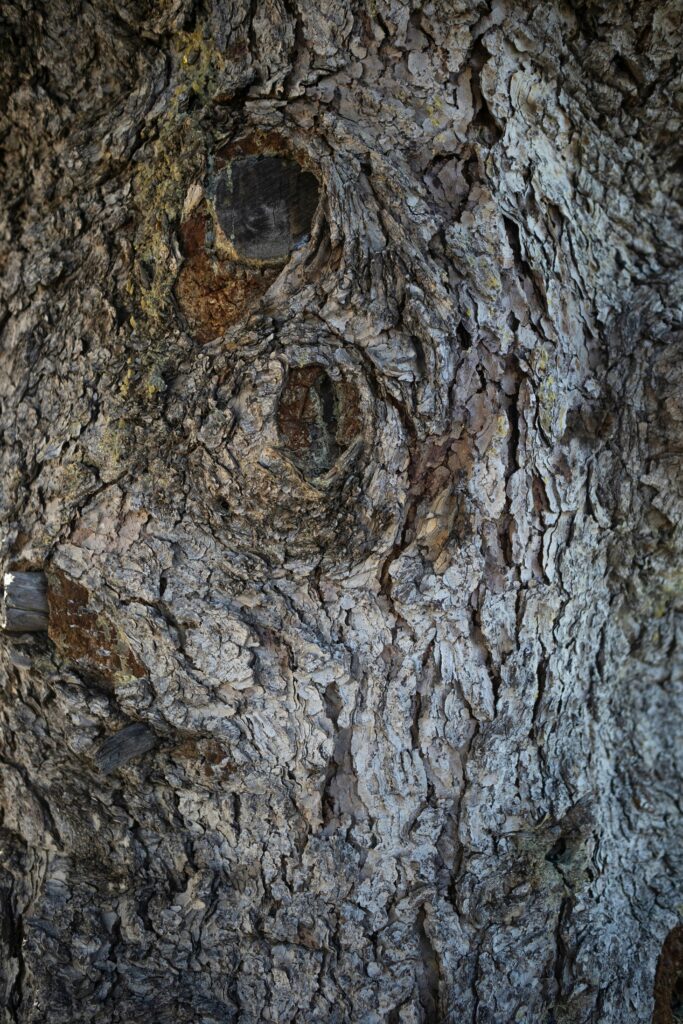
Comparing Chip Brushes with Other Painting Tools
Comparing with other types of paintbrushes will further highlight the unique properties of chip brushes.
Chip Brushes vs. Bristle Brushes
While bristle brushes are often used for fine artwork, chip brushes are more versatile and best suited for general-purpose painting activities.
Chip Brushes vs. Foam Brushes
Foam brushes are best suited for smooth applications and blending, while chip brushes are better for textured finishes and robust applications.
Chip Brushes vs. Natural Hair Brushes
Natural hair brushes can also give smooth finishes, but they are usually more expensive than chip brushes and cannot withstand the same level of rough activity.
Safety Precautions
While using a chip brush, consider the following safety measures:
Proper Ventilation While Using Chip Brushes
Ensure the workspace is properly ventilated, especially while using oil-based products – in order to decrease the risk of accumulating fumes.
Protective Measures to Prevent Splattering
To prevent paint from splattering and causing damage, it’s advisable to use protective covers for nearby areas and objects.
Avoiding Contact with Hazardous Substances
If you are using products that can potentially cause harm, wear protective gear like gloves, masks, and even eye protection if necessary.
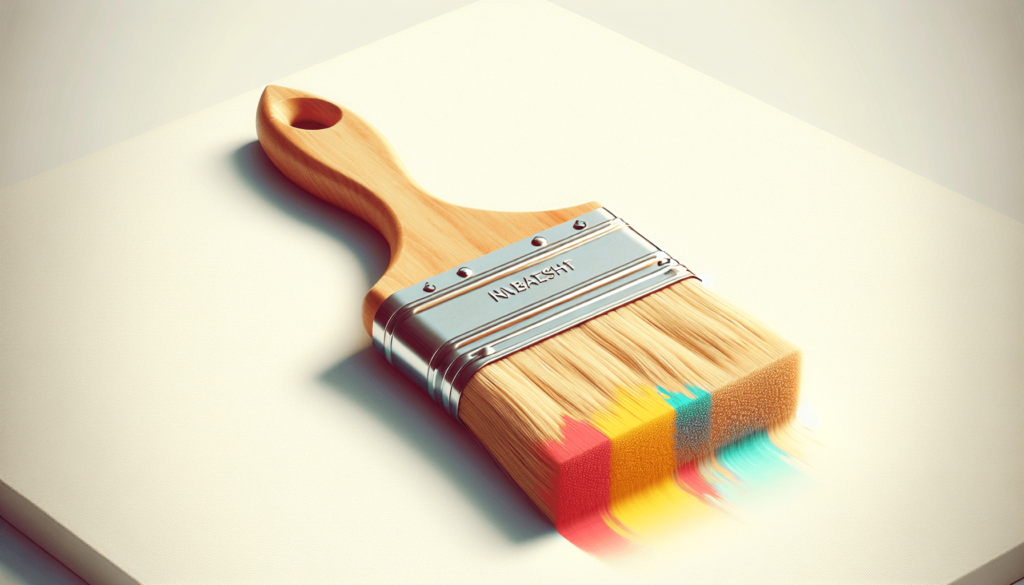
Frequently Asked Questions
In this section, let’s answer some common queries.
Can a Chip Brush be Used with Water-Based Paints?
Yes, chip brushes are versatile and can be used effectively with water-based paints.
How Can I Clean a Chip Brush After Using Oil-Based Paints?
You can clean a chip brush used for oil-based paints with a solvent like mineral spirits or paint thinner, followed by washing with soap and water.
Are Chip Brushes Suitable for Detailed Painting?
Absolutely. There is a range of chip brush sizes available, many of which are perfect for detailed painting.
Can Chip Brushes be Used for Acrylic Pouring?
Yes, chip brushes work well for spreading paint in acrylic pouring techniques.
Conclusion
Chip brushes have emerged as an indispensable tool for their endless uses, benefits, and the value they add to every painting project. As we’ve seen, their versatility allows you to go from cleaning and prepping a surface, applying paint to creating unique textures and delicate details with a single tool.
Understanding its strengths and appropriateness for certain uses aids you in choosing a chip brush that perfectly suits your project. We hope this comprehensive guide to chip brushes helps you unveil their potential and utilize them to bring your artistic visions to life. The versatility and potential of chip brushes are boundless, thereby making it an invaluable addition to your painting arsenal.
